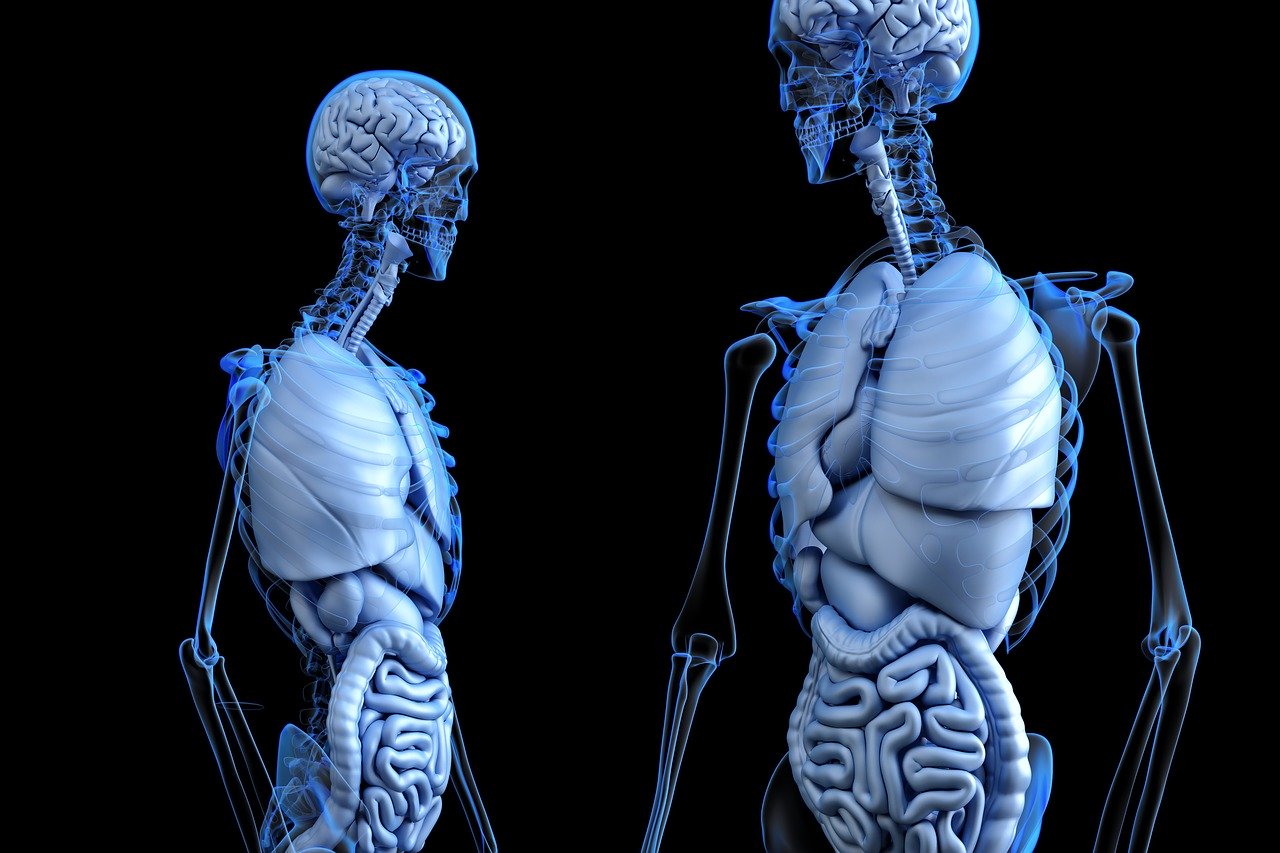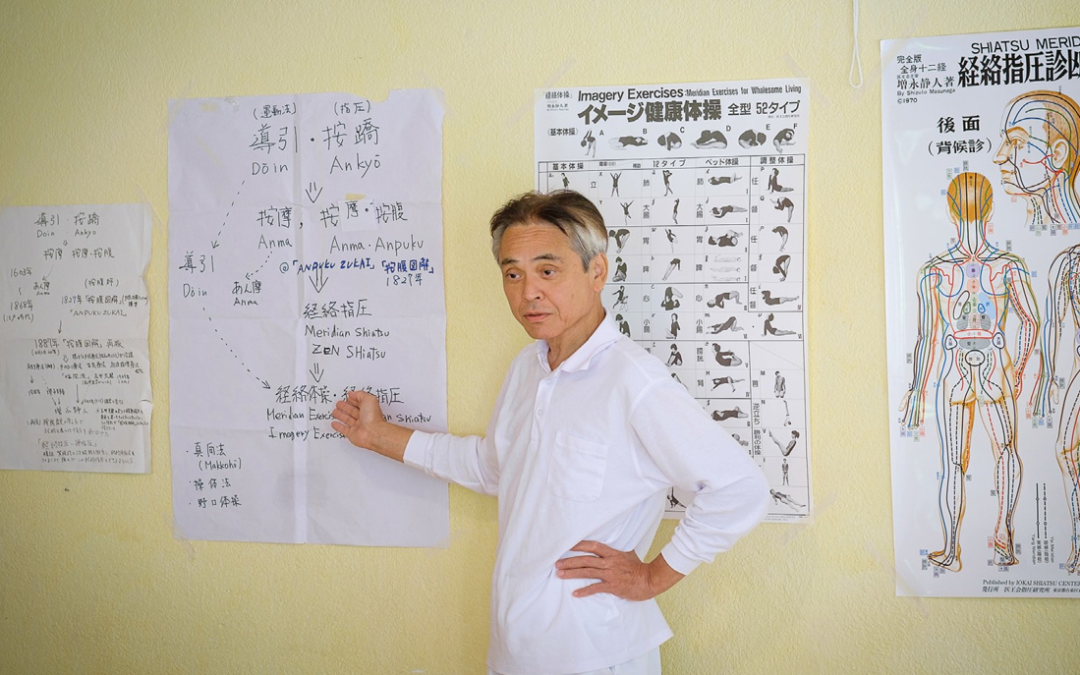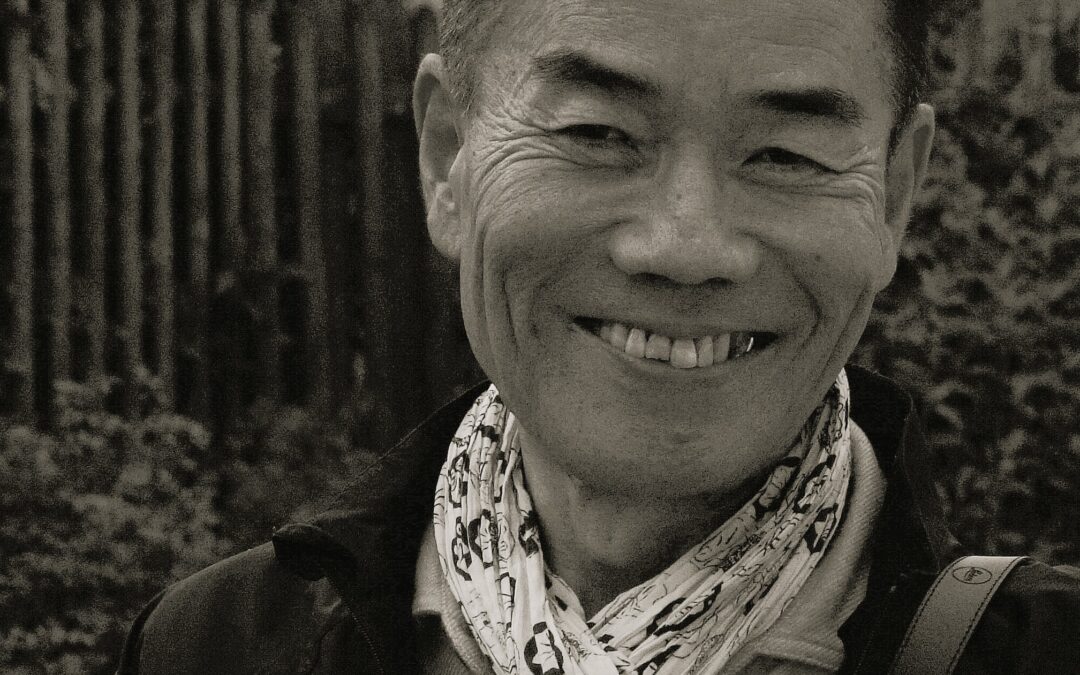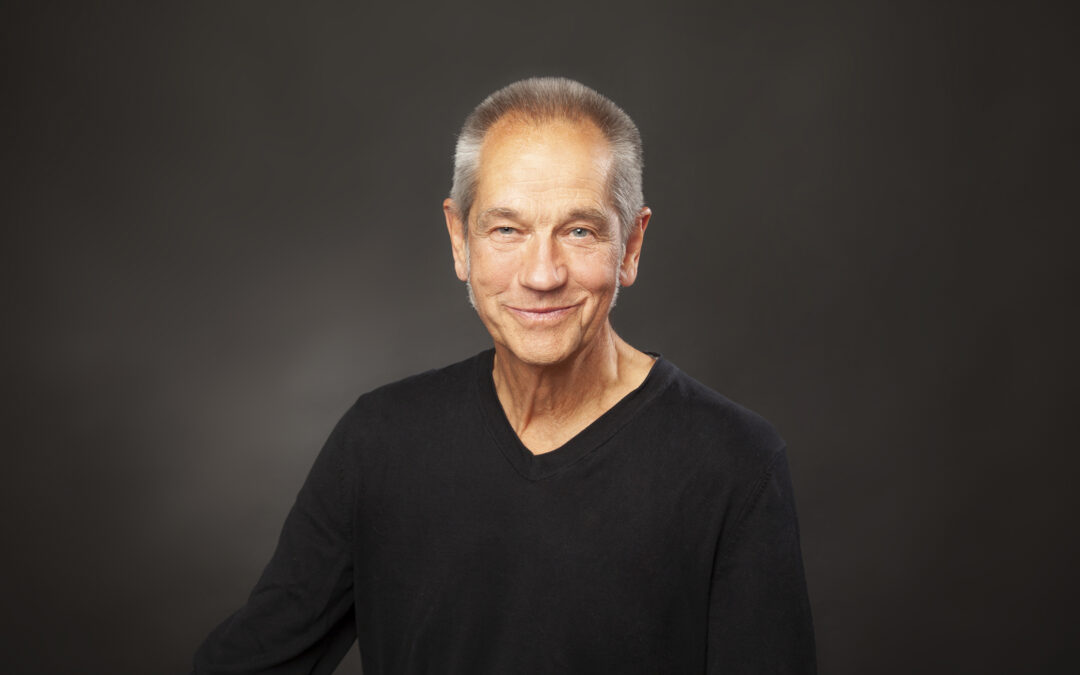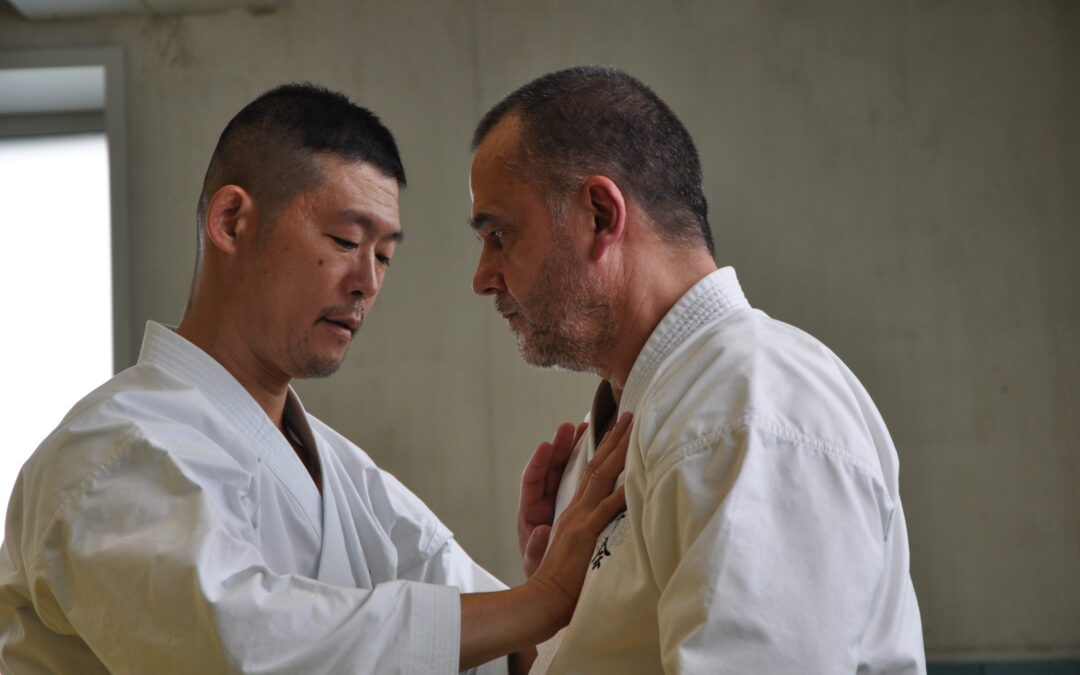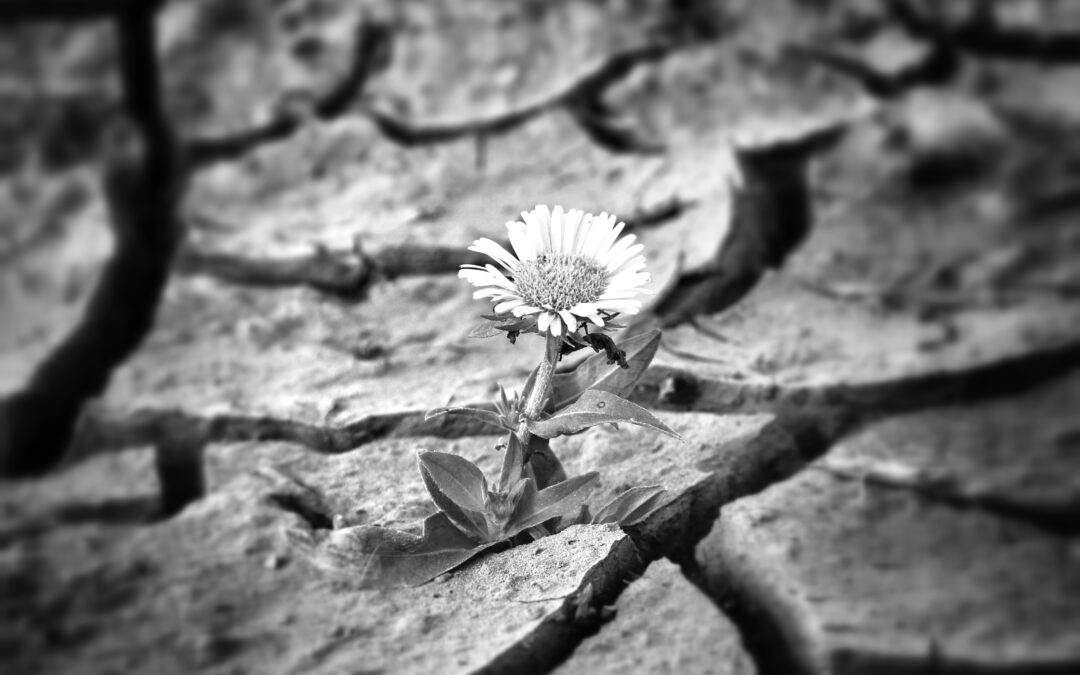The study of Shiatsu is a vast undertaking that takes many years, and very often the standard 3- or 4- years course is not enough. Many students, including myself, go on to a second and sometimes third school in order to complete their course. This approach is commendable and entirely justified, because there are so many approaches and styles that it’s a never-ending study. That’s why we never stop learning and attending all kinds of advanced training courses.
A little bit of history
When Shiatsu was created by Tenpeki Tamai (at least the name of the technique), he wrote the founding book of Shiatsu (“Ryoho Shiatsu”, 1939) very clearly:
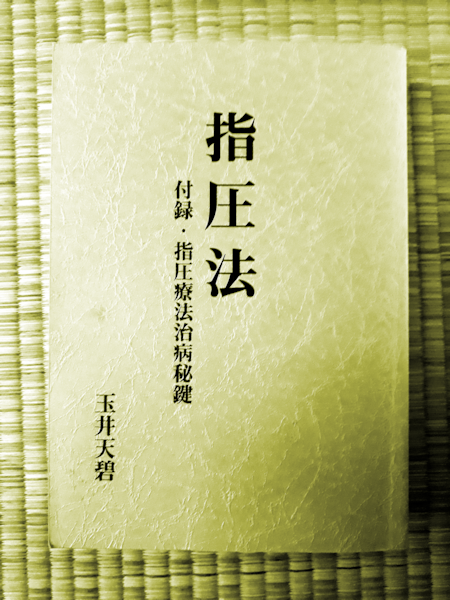
- first part: pages and pages of anatomy
- part two: acupressure techniques without necessarily referring to the meridians
- part three: spiritual advice for the practitioner’s development
I’m giving a rough summary, and while we await the complete translation of this work (which is currently being published in NAJOM), we can safely assume that there are three parts. The first part stands out from the tradition because of a very clear Western influence: detailed knowledge of the human body.
In martial arts schools such as Koho Shiatsu, Jigen ryu Shiatsu, Ryoho Shiatsu, the approach is global: the body, the meridians, oriental medicine, energy, everything is covered. And that’s quite logical, because martial arts are techniques that put physical bodies to the test, so they need to recover and sometimes repair themselves, but at the same time develop great energetic capacities.
That’s why I’ve never been able to fault any of the Japanese masters I’ve met or studied any form of Shiatsu with. Whatever their subtle and advanced explanations of energy, they are all capable of returning very quickly to the basics, i.e. the body techniques. Example par excellence: how to resolve a lumbago? You can use acupuncture points, but this is time-consuming and sometimes uncertain. Using the appropriate mechanical techniques and knowing the anatomy of the spine in detail, however, can be done in just a few sessions.
Does this mean that one approach is better than the other? No! The two are perfectly complementary. But when you build a house, you start with the foundations. The framework and roof that touch the heavens only come later. Or else you build a house upside down and you’re walking on your head.
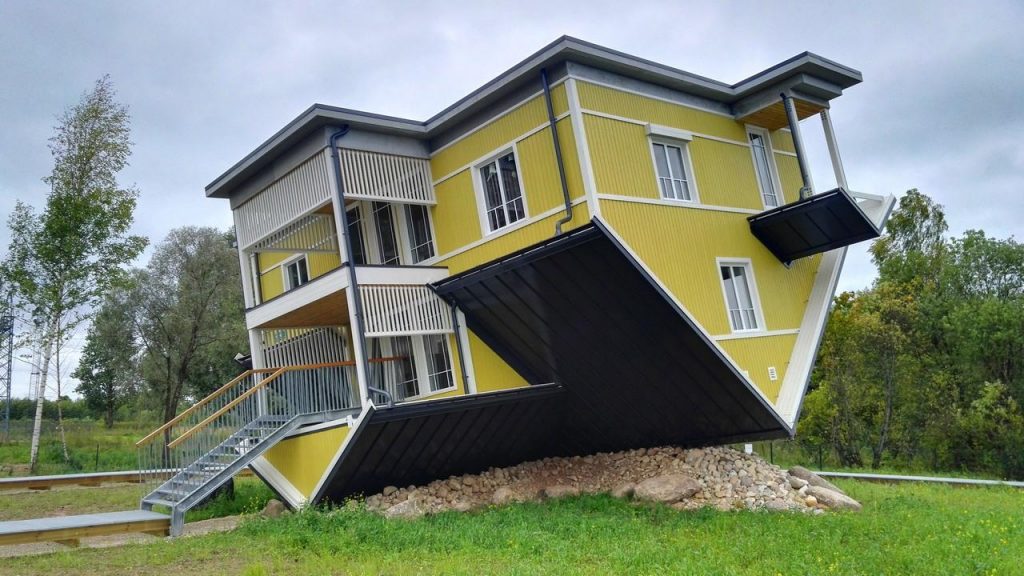
What are the basics to study?
In Europe, the success of the energetic approach of Shiatsu has shaped generations of practitioners who know only that. They are very competent, that’s not the problem. On the other hand, as soon as I come across their students and ask them to relieve pain in the neck, pelvis or shoulder, I all too often find that there is little or no skill in mechanical techniques. Yet pain of mechanical origin is the one we encounter most in our practice. It’s a real eye-opener! It makes you wonder what those famous basics are that we should all have mastered by now.
When we talk about basics, I’m thinking of the bodily roots, those that make the body function as a whole. Since, as an incarnate being, I first have a material body, I have a duty to study its principles. All you have to do is open a book and study the major systems:
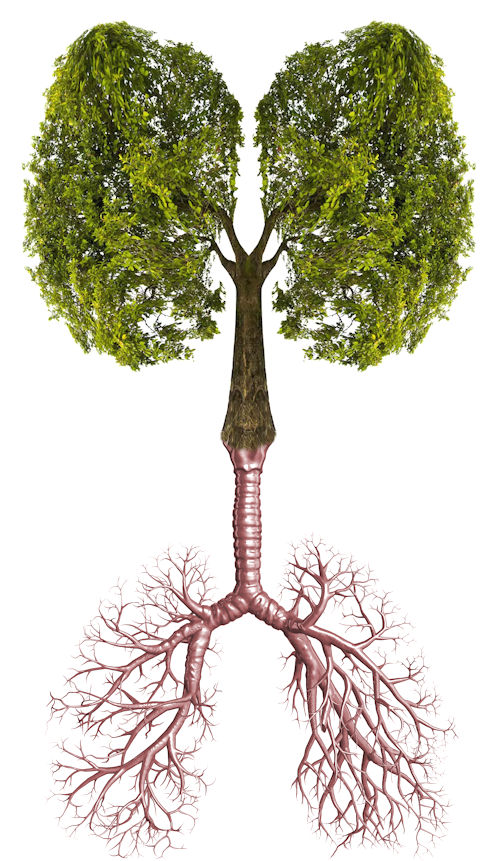
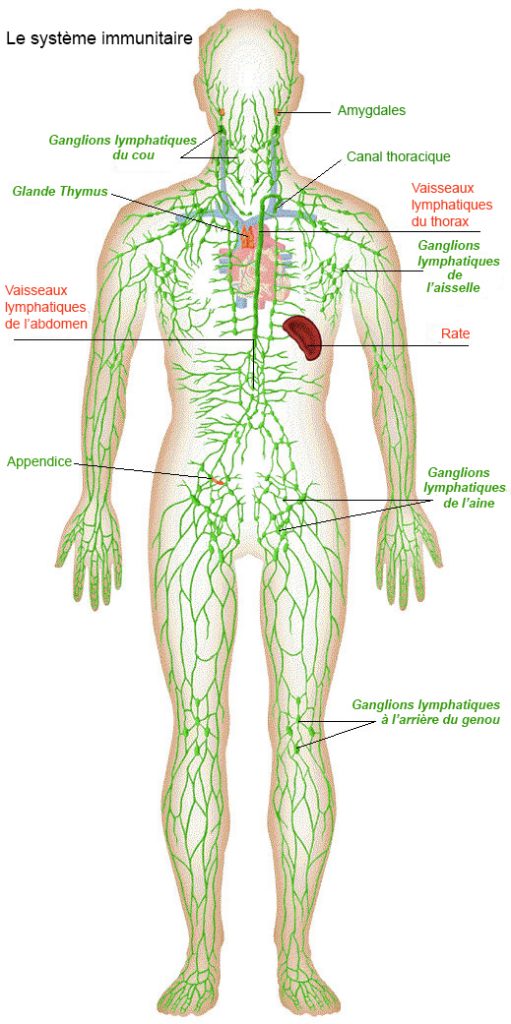
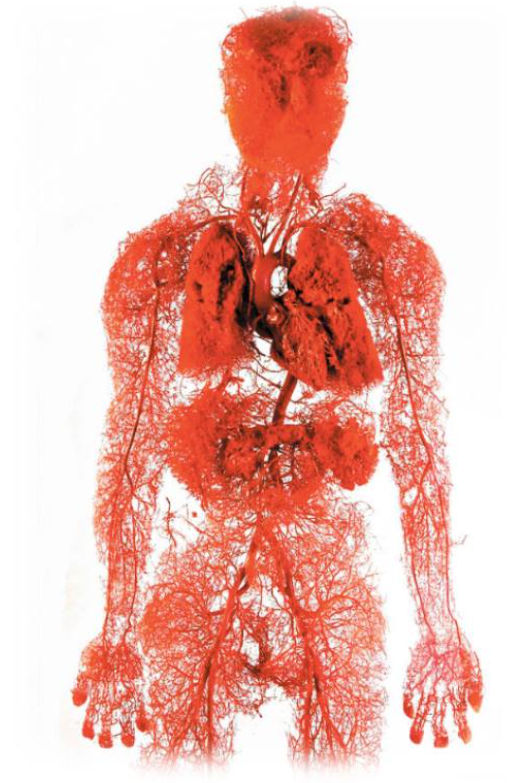
- The skeletal system and its joints: Shiatsu is literally full of joint mobilisation techniques. Knowing how to manipulate them to restore the mobility of this system, how to stimulate the bone, and how to strip it of its collagen fibres seems to me to be one of our basic foundations.
- The muscular system: this makes up the musculoskeletal system and is easily tense, injured or contracted. Here again, knowing how to distinguish between striated and smooth muscles, understanding how to deal with them and restoring their functions is an essential foundation.
- The nervous system: we know that Shiatsu has a very positive effect on the nervous system, but few practitioners can demonstrate specific techniques on the vagus nerve, for example, to unblock the sciatic nerve, relieve cruralgia or choose which nerves on the CNS to press to have an effect on the neck, chest or legs, let alone a specific organ.
- The blood system: if there’s one liquid that’s present in every corner of our bodies, it’s blood. How to boost it, improve its creation and circulation, do a blood flush to clean out the arteries and learn about the dangers and problems of this system are all important basics, especially in a technique that applies pressure and therefore sometimes blocks the flow of blood.
- The lymphatic system: if any beautician knows how to do lymphatic drainage, it’s because there’s a point to it. Where our lymph nodes are located, how to stimulate or calm them, how to improve lymphatic cleansing of the body – this is another important area that is too often dismissed with a smirk as if it weren’t important.
- Fascias: while there is a growing medical interest in these incredible tissues, it seems that, apart from a minority (often Italian) of Shiatsu practitioners, there is no knowledge of or interest in what appears to be an immense reservoir of energy, water and tension (in this case, tensegrity). What a pity.
- The cutaneous system: everyone will have learnt that the skin breathes, and that at least in this respect it is related to the lungs. Extremely sensitive, receptive and also prone to all sorts of problems, the skin is seen only as an organ and not as a whole with complex interactions. Here again, there’s work to be done.
- The hormonal system: there’s no word on this. We don’t learn where the glands are or even what they do, let alone how to act on them. There is an obvious gap in Shiatsu training with regard to the endocrine system.
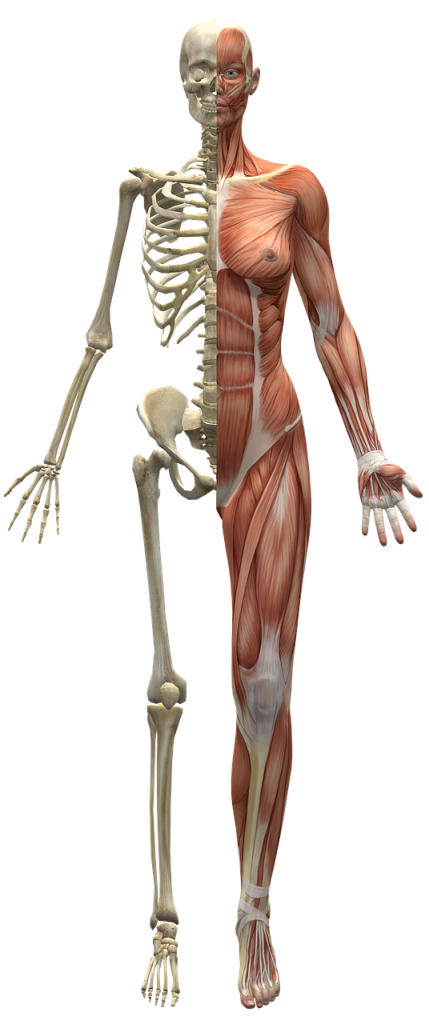
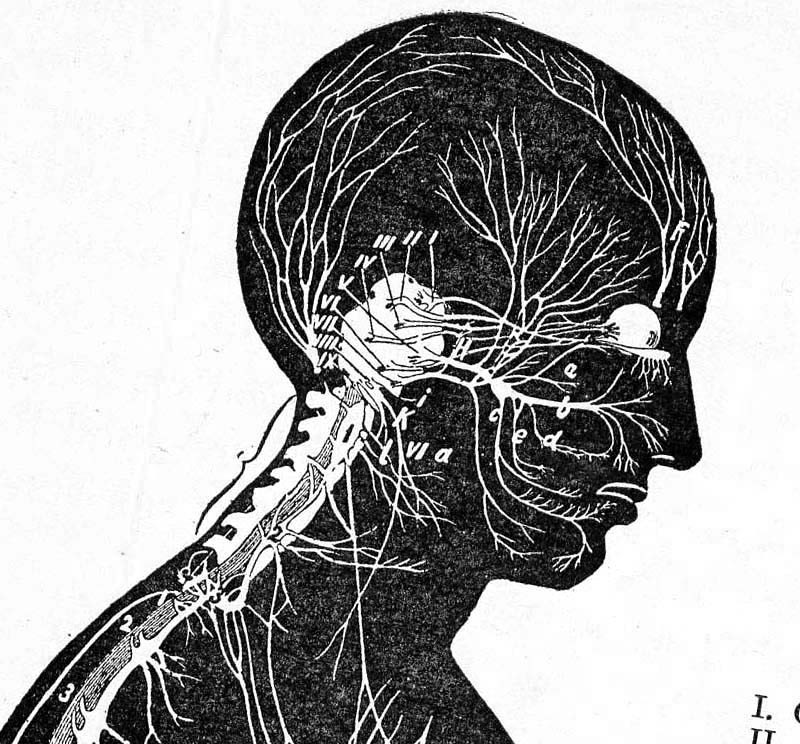
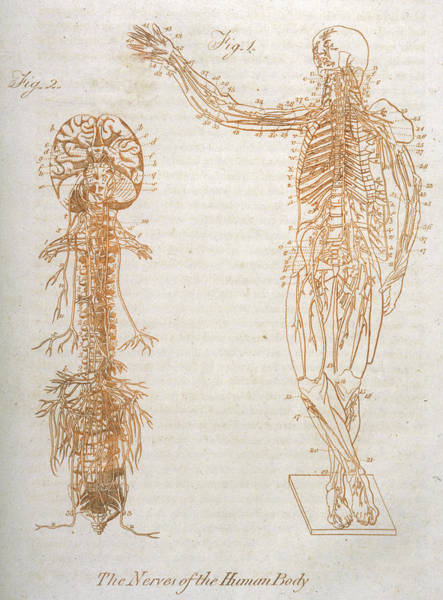
And what about the organs? From my point of view, they do not constitute a basis for learning Shiatsu, but a study which is already more advanced. As far as I know, there are no stomachs anywhere in the body; we don’t even have three like ruminant animals. The basics are made up of systems that are found almost everywhere in our bodies. If we don’t know what they are and how to act on them, we’ve lost as many feet as we need to stabilise our magnificent edifice called Shiatsu. The organs already represent a kind of specialisation because they will lead us straight to the energetic.
What about energetics?
I’m aware that what I’m saying is going to turn some people on their head, but let’s think a little further.
Matter is nothing but energy, according to the greatest scientists and the ancient masters of the Far East. Today, science and empirical knowledge are merging, which is good news. Working with the meridians is a wonderful thing, opening up immense perspectives and fields of action. It’s understandable that this aspect remains a kind of Grail that makes the eyes shine and that we swear by it. But if the study and work of the body are based solely on points and energy, it would be like knowing only one side of a coin. Worse still, it would be forgetting that a body is above all matter, which feeds on matter, breaks down matter, transforms it and rejects it.
Experience over the years has shown that a two-pronged approach is far more effective. Knowing how to work directly on the liver and harmonise the Liver meridian is a relevant and functional approach. What’s more, an uncluttered body or a more relaxed organ will allow a greater flow of energy to pass through, making it much easier to work the meridian. Let’s not forget that the neck and all the joints of the body are passages where the meridians narrow and compress, and are therefore places where energy blocks. Who hasn’t had to work on a tense neck? Knowing how to mobilise and unjam a joint is therefore of the utmost importance in reopening the energy channels.
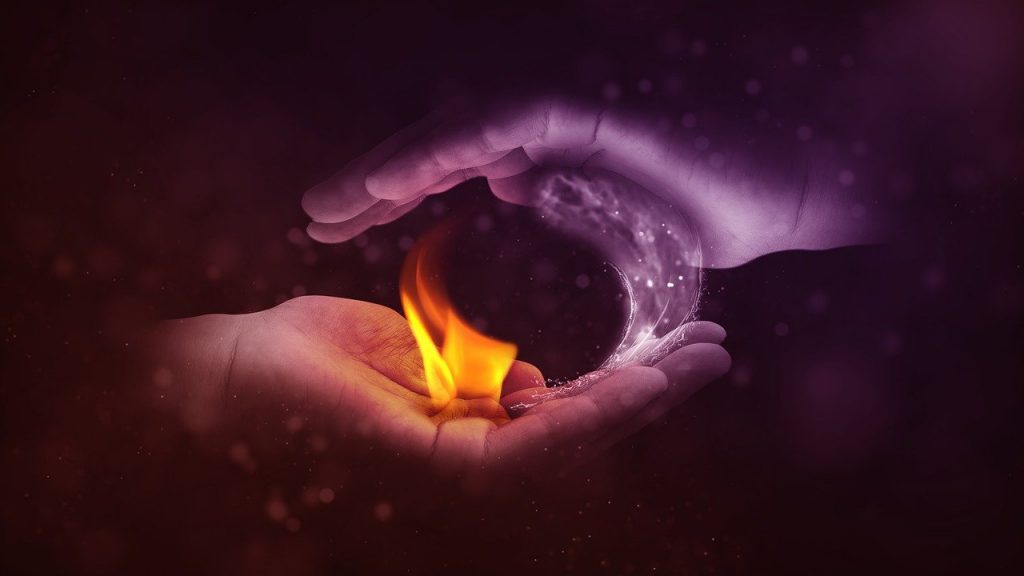
But the beauty of Shiatsu lies in the use of finger pressure. This technique is the bridge that links the two inseparable aspects of the body. By pressing more or less deeply, we act on matter through a compression-relaxation effect. This compression-relaxation movement is at the very heart of our existence (compression of the brain during childbirth to activate it, of the lungs to empty them of amniotic fluid) and this is why – to paraphrase Tokujiro Namikoshi – pressure reactivates “the sources of life”. At the same time, this pressure activates and connects the energy of the practitioner and that of the receiver, as Shizuto Masunaga so aptly put it. The flows will quickly merge and the practitioner will be able to direct them where the person needs them, dispersing the fullness, removing the stagnation and filling the voids. The technique of finger pressure (literally Shi-Atsu) therefore de facto involves understanding and studying the two aspects discussed in this article: matter and energy. The key is to remember that while energy is responsible for the creation of matter, matter is only organised and structured thanks to and with the support of matter. So it’s essential to know our basics and the techniques inherent in the human body.
Have a good practice !
Author
- Book review: “Another self” by Cindy Engel - 30 September 2024
- 24-26 October 2025: Master Class in Vienna (Austria) – Shiatsu and martial arts - 20 August 2024
- Lembrun Summer Intensive Course – July 6 to 12, 2025: Digestive System Disorders, Advanced Organ Anatomy, and Nutrition - 4 August 2024
- Anpuku Workshop with Ivan Bel in London – 7 & 8th, June 2025 - 22 June 2024
- Interview with Wilfried Rappenecker: a european vision for Shiatsu - 15 November 2023
- Interview : Manabu Watanabe, founder of Shyuyou Shiatsu - 30 October 2023
